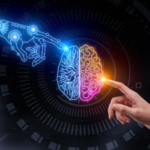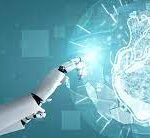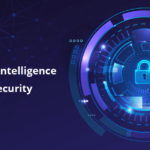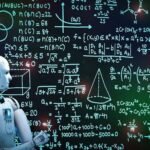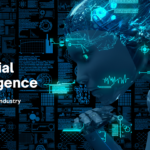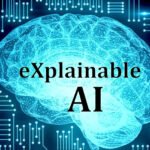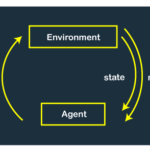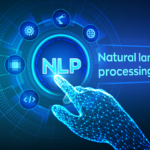How to Accelerate the Use of AI in Organizations
/ /
In the rapidly evolving digital era, Artificial Intelligence (AI) has emerged as a transformative force with the potential to revolutionize business operations across industries. However, many organizations face challenges in accelerating the adoption of AI into their processes. In this blog post, we will provide a comprehensive roadmap to help organizations accelerate the use of AI successfully, empowering them to harness the full potential of AI and stay ahead in the competitive landscape.
- Establish a Clear Vision and Strategy: The first step towards accelerating the use of AI is to establish a clear vision and strategy. Define the specific business objectives and use cases for AI implementation. Determine how AI can add value to different aspects of your organization, such as customer service, process automation, or data analytics. A well-defined strategy will provide direction and purpose to your AI initiatives.
- Develop Data Infrastructure and Governance: Data is the foundation of AI success. Ensure your organization has a robust data infrastructure in place to collect, store, and process data efficiently. Data governance is equally crucial to ensure data quality, security, and compliance. With clean and reliable data, AI models will produce more accurate and actionable insights.
- Cultivate a Data-Driven Culture: To accelerate AI adoption, organizations must cultivate a data-driven culture. Encourage employees to use data to inform decision-making and create a sense of curiosity about AI’s potential. Promote AI literacy and provide training to employees on how to leverage AI tools effectively. A data-driven culture will encourage innovation and experimentation with AI technologies.
- Start Small with Proof of Concepts (POCs): Embarking on large-scale AI projects can be daunting. Start small with Proof of Concepts (POCs) to demonstrate the value of AI. POCs allow you to test AI applications on a smaller scale, identify challenges, and validate AI’s potential in specific use cases. Successful POCs will build confidence in AI and garner support for broader implementation.
- Collaborate with AI Experts and Partners: Leverage the expertise of AI specialists and partners to accelerate your AI journey. Collaborating with AI experts can provide valuable insights, assist in selecting the right AI tools, and guide your organization through the implementation process. Whether through consulting firms, startups, or research institutions, partnering with AI experts can fast-track your AI initiatives.
- Invest in AI Talent and Skills: Building AI capabilities within your organization requires investing in talent. Hire AI specialists, data scientists, and machine learning engineers to lead AI initiatives. Additionally, upskill existing employees to equip them with the skills needed to work with AI technologies effectively. A skilled workforce is essential for successful AI integration.
- Embrace AIaaS and Cloud Solutions: To accelerate AI adoption, consider leveraging AI as a Service (AIaaS) and cloud solutions. AIaaS provides pre-built AI models and tools that organizations can easily integrate into their processes without extensive development. Cloud-based AI solutions offer scalability and cost-effectiveness, making AI accessible to organizations of all sizes.
Posted in Blogs







